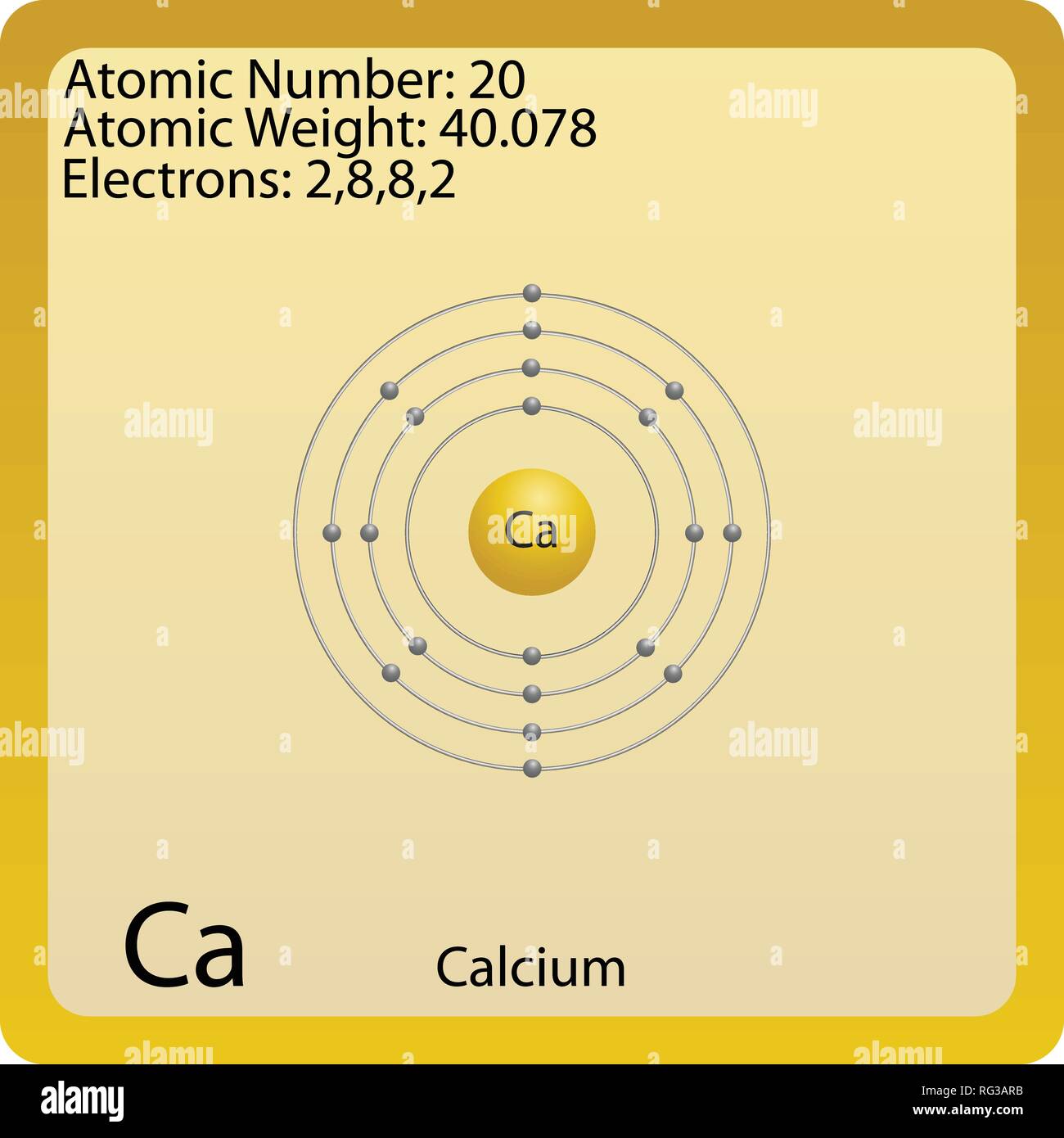
They are used as light sources for atomic absorption spectrometers, which detect the presence of elements by seeing whether a sample absorbs the very specific wavelengths of light associated with the electronic transitions of the given element. Lamps like this are available for a very wide range of elements: Click the Sample Group link below to get a list of all the elements I have lamps like this for.

The sample photograph includes text exactly as it appears in the poster, which you are encouraged to buy a copy of. I chose this sample to represent its element in my Photographic Periodic Table Poster. Calcium is relatively reactive, and will decompose on contact with water, but it's stable enough to stay shiny with just this minimal coating of oil. It is stored under mineral oil, and I photographed it in the open air after just lightly drying it off with a paper towel. Max and I got a couple of these to use in filming projects. This is a solid, squarish chunk of calcium metal, probably cut with some kind of sheers. I still can't get over the fact that calcium is a metal, not a white chalky thing you eat to make your bones strong. There are other chemical systems for generating hydrogen and I don't know why one would be preferred over another. I'm not clear on what they were meant to be used for, but it sounds like the idea was to drop the calcium chunks into water or perhaps an acid solution, at which point they will generate a steady stream of hydrogen gas until consumed.

#Ca element wieght code
They are labeled with all sorts of military code numbers and warnings (which you can read in the rotation video, as they wrap around the whole can). I got several of these little tin cans of calcium from an eBay seller who in turn got them, he says, from an auction at the Groton submarine base several years earlier. Nodules of very high-purity, completely un-oxidized calcium metal in an argon-filled ampule. Pure metallic calcium has few applications and is rarely seen.Ĭlick here to buy a book, photographic periodic table poster, card deck, or 3D print based on the images you see here! Say calcium and most people think of chalk and bones, but in pure form it is a firm, silvery metal that reacts slowly with water to give off hydrogen gas. Pictures, stories, and facts about the element Calcium in the Periodic Table H


 0 kommentar(er)
0 kommentar(er)
